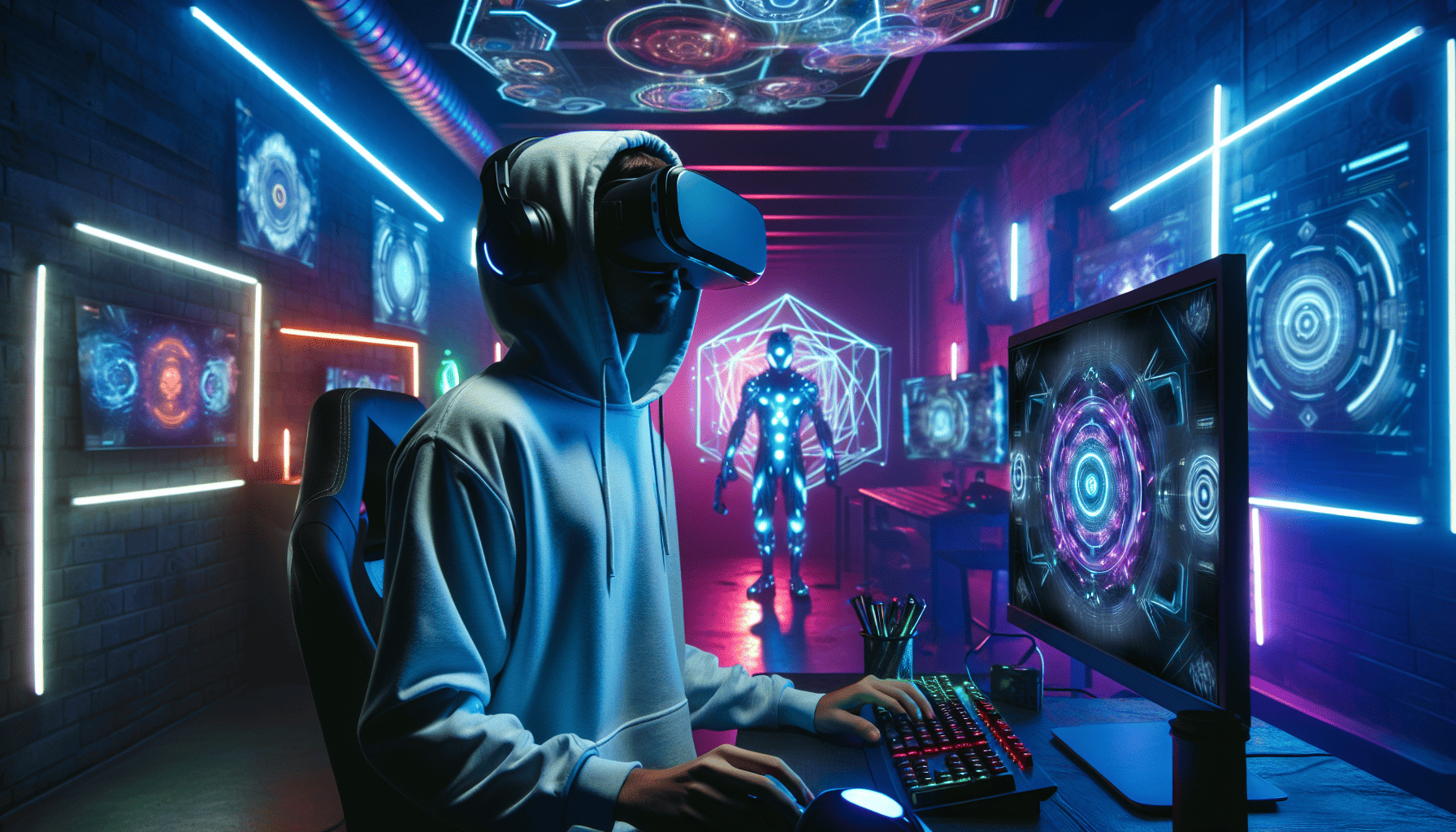Virtual Reality (VR) is poised to usher in a transformative era for the gaming industry, blending cutting-edge technology with immersive experiences that were once solely the domain of science fiction. As VR continues to develop, it promises not only to redefine how we play but also how we perceive and interact with digital environments.
At the heart of VR's appeal is its unparalleled ability to create rich, immersive worlds that transport players beyond the confines of their physical surroundings. Unlike traditional gaming experiences that rely heavily on screens and peripherals, VR places players at the center of the action. Equipped with headsets and motion controllers, players are offered a first-person perspective that is both engaging and visceral. This newfound sense of presence fundamentally alters user interaction, turning passive gameplay into an active, all-encompassing experience.
The technology driving VR is advancing rapidly. Resolution and refresh rates are improving to offer crystal-clear visuals that minimize motion sickness, a common issue in early VR systems. Innovative tracking technologies allow for precise movement detection, ensuring that every gesture and action is accurately reflected in the virtual world. These advancements are crucial in enhancing immersion, making the virtual feel remarkably tangible.
Moreover, the variety of VR platforms available has broadened the horizons of what's possible in gaming. With devices ranging from high-end headsets like the Oculus Rift and HTC Vive to more accessible options like the PlayStation VR and standalone units like the Oculus Quest, VR gaming is becoming increasingly accessible. This democratization of VR technology means a wider audience can experience its unique offerings, contributing to a growing and diverse gaming community eager to explore new frontiers.
Developers, too, are harnessing the potential of VR to push the envelope of creativity. Games are evolving from simple experiences to complex narratives that blend story, interaction, and environment into a seamless tapestry. The ability to look, move, and interact naturally in a game world opens up new storytelling possibilities and gameplay mechanics, such as intricate puzzle-solving, dynamic combat systems, and real-time strategy implementations.
Beyond gaming, VR is finding new applications that may influence how games are developed. Its use in training, education, and virtual tourism underscores the potential of VR to create experiences that are both entertaining and educational. As developers explore these boundaries, gaming will likely benefit from the knowledge and technological advancements spurred by these fields.
Yet, challenges remain. Financial barriers, the necessity for significant space, and the development of high-quality content continue to hinder the widespread adoption of VR. But as technology evolves and economies of scale come into play, these obstacles are likely to lessen over time.
In conclusion, VR represents not merely a new platform but a fundamental shift in the gaming landscape. As it matures, it promises to deliver experiences that are more interactive, realistic, and engaging than ever before, potentially transforming passive onlookers into active participants in worlds ripe for exploration. Whether through heart-pounding action sequences or serene explorations, the future of gaming with VR is limited only by imagination—a thrilling prospect for players and developers alike.
